
The director of the pediatric epilepsy program at Boston Children’s Health Physicians shared his expertise with the challenges associated with diagnosing LGS, how the REST-LGS tool may help, and the need to collect more data.

The director of the pediatric epilepsy program at Boston Children’s Health Physicians shared his expertise with the challenges associated with diagnosing LGS, how the REST-LGS tool may help, and the need to collect more data.

Test your neurology knowledge with NeurologyLive®'s weekly quiz series, featuring questions on a variety of clinical and historical neurology topics. This week's topic is neuromuscular disorders.

The combination of APOE ε4 carrier status with elevated blood pressure variability represented the fastest increase in phosphorylated tau levels over time.
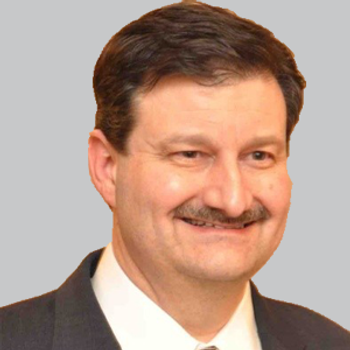
In a prior phase 1b/2 study, BXCL501 demonstrated statistically significant reductions in agitation measures with both the 30- and 60-mcg doses as measured by multiple scales with no severe or serious adverse events.

The early-stage clinical trial will include 40 healthy volunteers to evaluate the safety and immune response of an investigational EBV gp350-Ferritin nanoparticle vaccine with a saponin-based Matrix-M adjuvant.

Take 5 minutes to catch up on NeurologyLive®'s highlights from the week ending May 6, 2022.
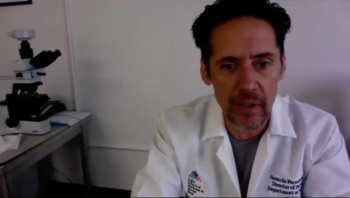
The neuropathologist at Mount Sinai and chief science officer of Precise Dx pairing spoke to the role of artificial intelligence in the diagnosis of diseases from peripheral tissue biopsies and its ability to improve neuropathology. [WATCH TIME: 8 minutes]

In latitudes lower than 40°, the underlying environmental determinants of MS severity reached saturation and a ceiling effect was observed, with no further systematic shift in the disease severity.
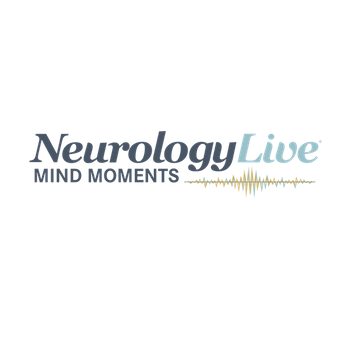
Mind Moments®, a podcast from NeurologyLive®, brings you an exclusive interview with Jessica Ailani, MD. [LISTEN TIME: 35 minutes]
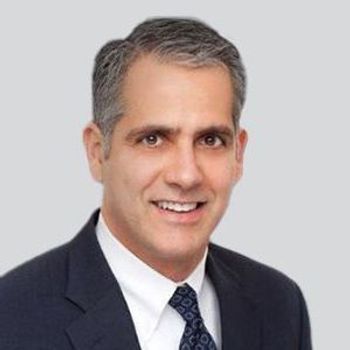
DSP-0187, an orexin-2 receptor agonist, adds to Jazz’s portfolio of sleep disorder therapies, expanding it into a new medicine class. The molecule will be referred to as JZP441 by Jazz.
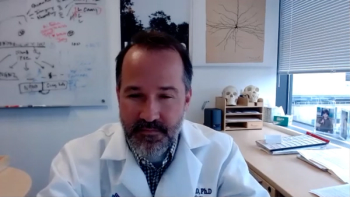
The neuropathologist at Mount Sinai and chief science officer of Precise Dx pairing shared background information on the artificial intelligence’s ability to improve the diagnosis of Parkinson disease from peripheral tissue biopsies. [WATCH TIME: 9 minutes]

The findings in Alzheimer disease further elucidated the safety profile of AMX0035, as treatment emergent adverse events in the PEGASUS trial appeared to be largely disease driven.
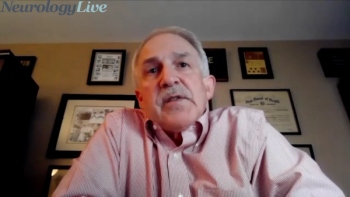
The president of the National Headache Foundation discussed whether switching or continuing preventive medications has a benefit in patients who have chronic migraine with medication overuse. [WATCH TIME: 4 minutes]

The Parkinson’s Foundation will now partner with Morehouse School of Medicine, aiming to make the study and genetic testing more accessible for Black and African American persons in Atlanta.

Cerebrospinal fluid samples tested in a large cohort of patients at least 50 years of age with either mild cognitive impairment or Alzheimer disease showed high correlations between the Lumipulse G ß-Amyloid Ratio and PET status.
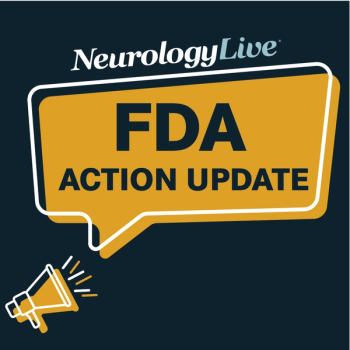
Catch up on any of the neurology news headlines you may have missed over the course of the last month, compiled all into one place by the NeurologyLive® team.
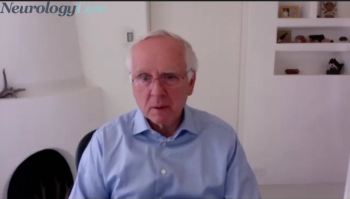
The neurologist at Christus St. Vincent Health System detailed the areas of research dedicated to understanding more about neuropsychiatric symptoms of Parkinson disease and the root causes of the disease. [WATCH TIME: 3 minutes]
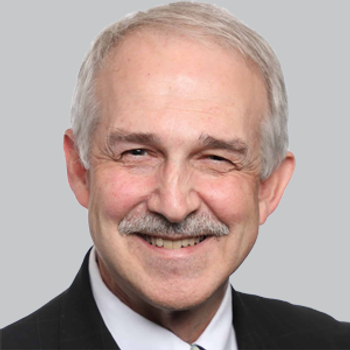
Vincent Martin, MD, president of the National Headache Foundation, provided insight on the ongoing challenges of treatment optimization for patients with chronic migraine.
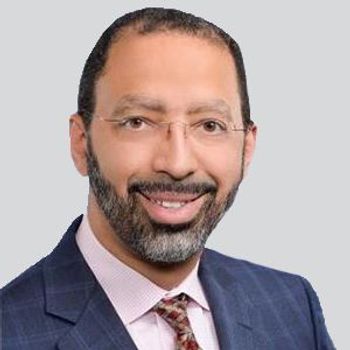
Over the 36-month period of the FIREFISH study and its extension, treatment with risdiplam (Evrysdi; Genentech) resulted in decreased rate of adverse events, serious adverse events, and number of hospitalizations.

The phase 2 study will feature a 24-week treatment period followed by an 80-week open-label treatment period with the small-molecule RIPK1 inhibitor. It seeks to enroll 260 patients with ALS.

Using this new methodology, 78% of patients with progressive multiple sclerosis demonstrated large treatment benefits with the siponimod (Mayzent; Novartis) on at least 1 of 4 clinical outcomes.
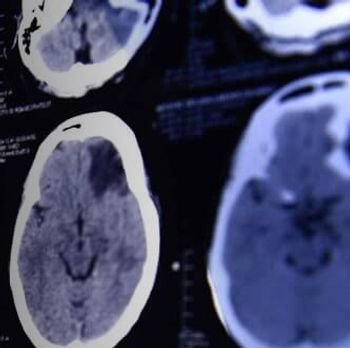
The effects of amyloid-ß and white matter hyperintensity volume on rates of neurodegeneration remained similar in cognitively normal individuals when they were assessed together as predictors in the same model.
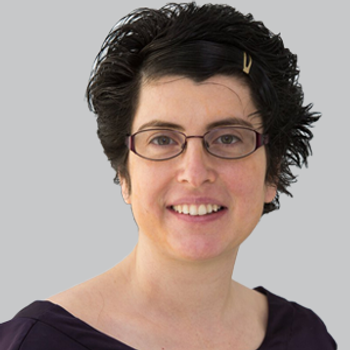
A greater number of hypothalamic wake-promoting neurons were associated with a lower percentage of time in stage 2 of non-REM sleep and REM stages.

Axsome expects to address the concerns in the letter and plans to resubmit AXS-07. The MoSEIC meloxicam-rizatriptan combination significantly reduced migraine symptoms and pain compared with placebo and both active agents in a pair of phase 3 trials.
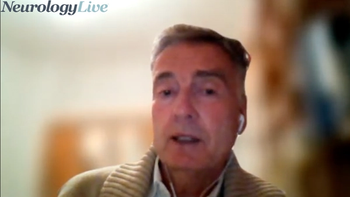
The professor of neurology at the University of Basel provided insight on a new methodology that allows depiction of patient profiles from baseline characteristics and their associations with individual outcomes. [WATCH NOW: 5 minutes]

Here's what is coming soon to NeurologyLive®.
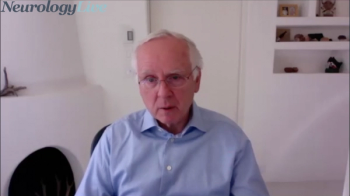
The neurologist at Christus St. Vincent Health System provided insight on the desperate need for new medications for both motor and nonmotor symptoms of Parkinson disease. [WATCH TIME: 3 minutes]

Test your neurology knowledge with NeurologyLive®'s weekly quiz series, featuring questions on a variety of clinical and historical neurology topics. This week's topic is stroke.

Vincent Martin, MD, president of the National Headache Foundation, discussed the MOTS trial, a non-inferiority study aimed at understanding treatment strategies with preventives for chronic migraine.

Baseline neurofilament light levels were associated with future disability progression and degree of brain atrophy regardless of the presence or absence of acute disease activity.